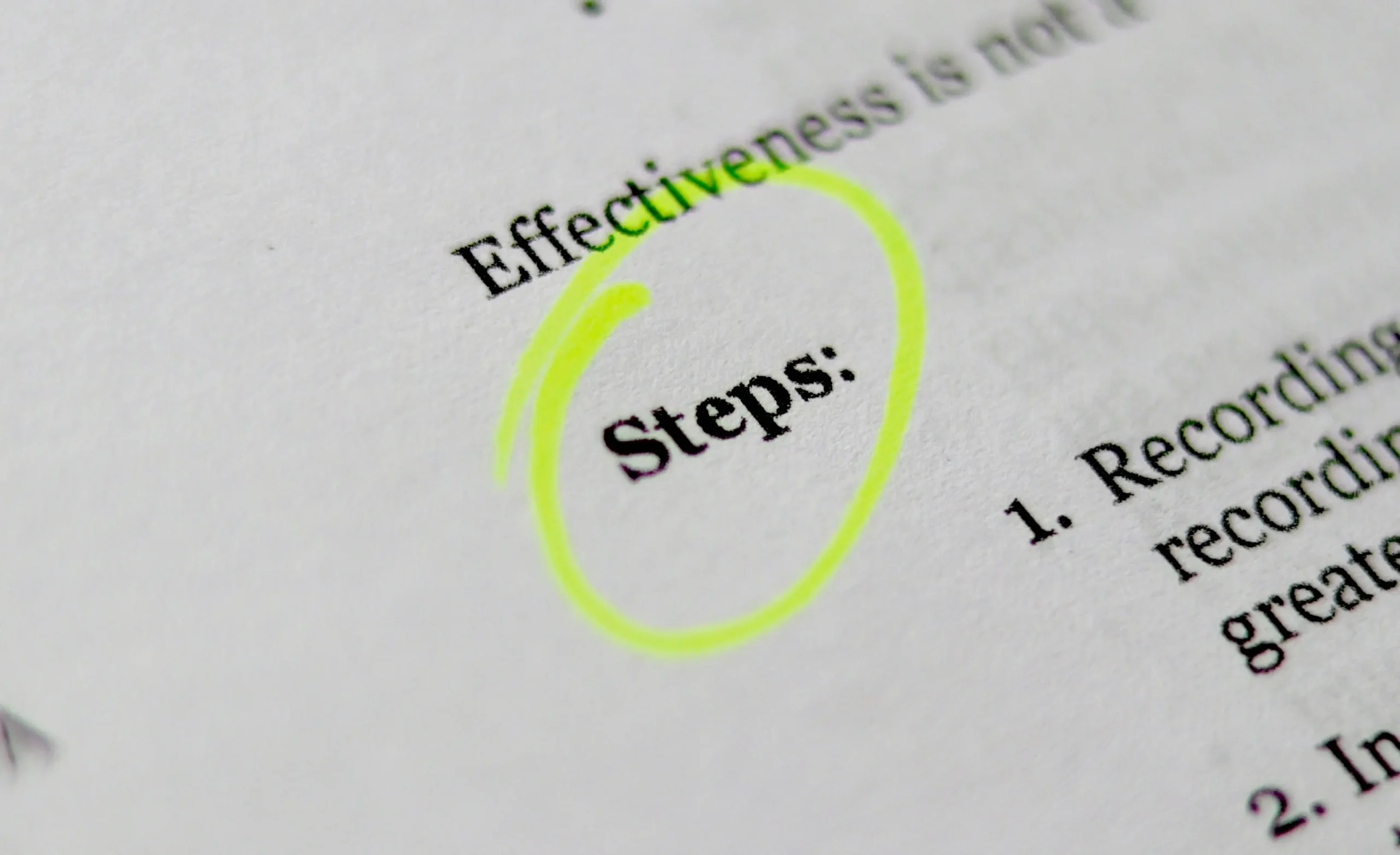More and more companies are using AI. While the EU is establishing a framework for companies with the AI Act, more and more companies are also drawing up AI guidelines for their employees. To ensure that companies do not start from scratch, we have created a template that companies can use to pass on the most important rules for the use of AI to their employees. The template for the AI guide is linked in the blog post.
Table of Contents
Why companies should develop an AI guide for employees
The use of AI in companies brings many opportunities, but also some risks. An AI guideline provides clear rules and sets a framework for how employees can deal with this technology and thus creates security when using the technology. An AI guideline therefore helps companies to achieve the following things:
- Transparency: create clarity about the use of AI systems.
- Compliance: Comply with legal requirements such as the EU AI Act.
- Ethics: Promote fair and responsible use of AI.
- Protection: Minimize risks and protect sensitive data.
In addition, the introduction of the EU AI Act is also encouraging companies to equip themselves for the use of AI in everyday life. In particular, systems that are used in decision-making or in personnel administration are subject to special guidelines.
Content and structure of an AI guide
A good AI guide for employees is characterized by the fact that it is easy to understand and has the right scope and content. Employees are already finding it difficult to quickly find the right information in the jumble of guidelines. This is why an AI guideline should be clearly structured and use bullet points instead of continuous text where appropriate. An AI guideline should cover the following topics:
Introduction/general
The “Introduction” section provides a clear introduction to the aim of the AI guide. It outlines the importance of AI use in the company and provides an overview of who the guide is intended for and in which situations it should be used. It explains how the guide helps to give employees a better understanding of the responsible use of AI.
Basic principles of AI use
This is about the basic principles for the use of AI in the company. The aim is to use AI technologies responsibly and correctly. The basic rules of AI use should therefore be explained here in order to ensure that employees have confidence in the technology and the company’s values.
Use of AI applications
This section explains the practical use of AI applications in a corporate context. General rules and best practices for the use of AI solutions are set out here, without explicitly addressing individual solutions.
Input: Handling sensitive data & information
This section deals with the secure handling of confidential and sensitive data that is fed into AI systems. In this section, explicit reference is made to risks associated with the input of critical data such as confidential data, trade secrets, personal data or intellectual property.
Results: Quality control for AI outputs
Virtually all AI systems achieve results in some form in the company. This section provides an overview of the most relevant points that need to be considered when evaluating a result. In particular, it reiterates the critical examination of the results.
Training and awareness-raising
Article 4 of the AI Regulation explicitly refers to the need for AI competence within companies. In general, an AI guideline is of course a basis for this; on the other hand, employees must of course be trained on the systems individually. In addition, the company’s training resources and programs can be presented here.
Ethical guidelines
Any AI model is only as good as the data it has been trained with, and the data in our world is full of biases. In this section, the focus is on some key features of the ethical use of AI. This section thus ensures that AI is used in a way that benefits both employees and society.
Legal requirements
The EU sets out the basic legal requirements with the AI Regulation. In addition, other laws such as the GDPR, liability risks, etc. apply. For the sake of completeness, this section lists the most important legal principles for employees when dealing with AI.
Contact persons
This section provides employees with the necessary contact persons for queries so that open questions can be clarified promptly.
Download AI guide free of charge
As our customers have repeatedly asked us for support, we have converted the best practices from this blog post into an AI guide. You can download the Word document using this form so that you can adapt the guide to the circumstances in your company:
Disclaimer: The guide is currently only available in German. Please use AI to translate it.
This template covers all the important aspects – from the principles to the practical implementation. You can easily download the template and adapt it to your company’s needs.
About amberSearch
We have been working with amberSearch since 2020 to make internal knowledge accessible to employees. Originally started as an enterprise search solution for companies, we have since evolved into a fully comprehensive AI platform for companies. Over the years, we have accumulated more and more resources with which we help our customers to further professionalize and optimize the use of AI. If you’re getting started with AI now, these are the best resources for you:
- Best practices for AI integration
- Proper prompting – how communication with AI works
- AI introduction in companies
If you are interested in combining AI with your company’s internal data, we would be happy to support you. Get in touch with us now!
